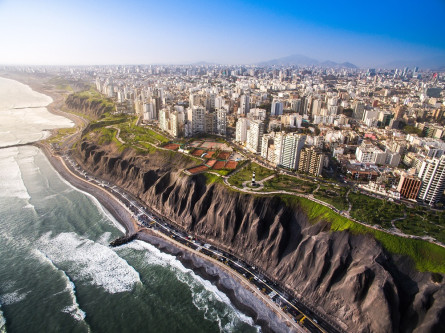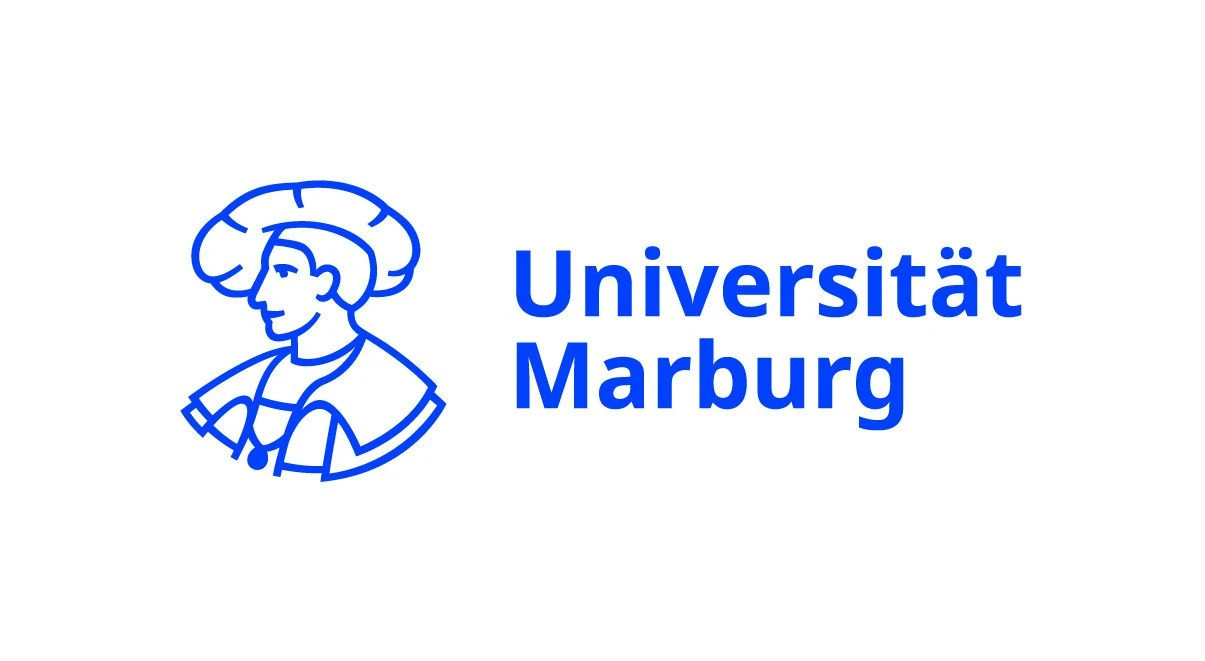Peru is boosting its economy while jeopardizing old-age security
Peru was hit particularly hard by the pandemic - measured against the total population, the country has a very high death toll and the economic output plummeted by an estimated 14 percent. While the burden of the pandemic affects the entire country, the poor are particularly affected (low-wage and informal sector workers).
In Peru, safety nets are mostly based on means-tested benefits and conditional cash transfers, and are oriented towards poverty relief. The only problem is that the level of coverage is particularly low in the poorest part of the population, as they work in the informal sector, writes Javier Olivera in his report. Peru doubled the total amount it spent on cash transfers in 2020. However, this could not prevent the poverty rate in Peru from jumping to 29.5% in 2020 (after having fallen steadily before the pandemic - from 42.4% in 2007 to 20.2% in 2019).
Javier Olivera is particularly critical of another element of the Peruvian government's immediate response to the economic crisis and the associated loss of income in large parts of the population: the government allowed Peruvians to withdraw up to a quarter of their paid-in pension contributions. Many Peruvians took advantage of this possibility: between April and August 2020, according to Olivera, more than 24 billion PEN (= approx. 6 billion euros) were withdrawn - this equals 3.5 % of GDP. These withdrawals massively reduce future pensions - and unlike in other countries, Olivera writes, there is no guaranteed minimum pension in Peru, so that many Peruvians who have now secured liquidity in the short term will later be affected by old-age poverty.
Where do we go from here? Peru, which is doing well from a macroeconomic perspective after years of economic growth and conservative fiscal policies, will invest massively in social and economic policies in 2021. "The government's response is divided into (i) measures to mitigate the adverse consequences of the pandemic and (ii) policies to stimulate the economy", Javier Olivera writes in his report. "The government plans to spend PEN 50.94 billion (7.3% of GDP) on the first type of measures, and PEN 87.53 billion (12.6% of GDP) on the second type.This is an aggressive relief and fiscal stimulus programme, summing to about 20% of GDP, which will be spent between 2020 and 2021." Peru will have to borrow money for this, but it managed to do so at favourable conditions in November 2020, Olivera writes.
Read the full report: Peru’s Social Policy Response to Covid-19: Jeopardizing Old-Age Security
See the other parts of the series: CRC 1342 Covid-19 Social Policy Response Series














